In our Desert Island Cameras series, the CP staff and some special guests each pick our single favorite camera from a given brand. Today we’re doing something a bit different. Today we’re each deciding which film we’d pick if we could only shoot one film for the rest of our days. Tough choice, for sure, but we’ve done it.
We’re joined in this task by a special guest, Mike Padua of Shoot Film Co. Mike’s a pro photographer, entrepreneur, and all-around good dude. His company produces useful products for film shooters, plus a massive range of pins, hats, stickers, and clothing, all celebrating the fantastic culture of film photography. If you haven’t heard of SFC, check ’em out, say hi, buy a shirt.
Now let’s get down to business. Here are our forever films, why we love them, and why you might too.
Josh’s Pick – Kodak Tri-X
As soon as James posed the “Desert Island Film” prompt, he and the rest of the writing staff already knew which film I was going to pick. As much as I’d like to prove all of them wrong by picking something rare and exotic, I just can’t. There’s just no other film I’d want to accompany me to my watery, sandy grave more than photography’s most timeless black-and-white film, Kodak Tri-X.
What can I say about the film that I and so many others haven’t said yet? It’s the film all other black-and-white films are judged by, the film whose look defined the golden age of photojournalism, the film that looks phenomenal no matter what the situation. The reputation of this film is well-known, and to extol its virtues here would be redundant.
But let’s forget about all that for a second and think about the question at hand. If I was asked to trust only one film to document the rest of my moments on this earth, I’d choose Tri-X with no hesitation. Why? Simple. Tri-X always gets the shot. If there’s too much or too little light, Tri-X’s exceptionally wide latitude takes care of it. While other films have arguably caught up to Tri-X’s exposure latitude (HP5+ comes to mind), none of them have ever been able to truly replicate its signature look.
Don’t get me wrong, I’ve got love for a lot of black-and-white, color negative, and slide films. But when push comes to shove, nothing beats Tri-X.
James’ Pick – Kodak Ektar 100
I can’t help it; I’m a color guy. Even the established narrative that “serious photographers” only shoot black-and-white can’t discourage me from shooting color film. Who wants to be serious, anyway? And there’s no color film as punchy or, well, colorful as Kodak’s Ektar 100.
Ektar 100 is Kodak’s replacement for the discontinued Ektar of the 1990s, and has been called a suitable replacement for Ektachrome by the boys in Rochester. And though it’s tough to replicate the quality of a slide film with a color negative film, Ektar gets closer than any other. It creates images that are sleek, saturated, and vivid, perfect for shooters who love to play with color. The ultra-fine grain structure results in images that are about as close to E6 quality as you’ll find in a C-41 emulsion, and since it’s a C-41 film it can be processed anywhere color film is handled.
But what I love most about Ektar is that it allows me to make gorgeous high key photos in the type of light I love most – bright sunlight. Those days when the sun is beaming and everything’s a mottling of light and shadow are my favorite days to be out with a camera. I set the ISO dial to box speed (ISO 100) and shoot without worry. The film’s high latitude means even that even with fast prime lenses I’m able to over-expose and shoot wide open (or near to it) while still creating beautiful exposures.
No other film has wowed me with its results as Ektar. If you’re someone who loves the vibrancy of a brilliant, sunny day, Ektar is the best fit, and it’s the film I’d happily shoot for the rest of my photographic life.
Chris’ Pick – Ilford HP5
I developed an unintentional hierarchy of films early on, and I admit that elements of my initial biases have stayed with me through two decades of shooting. I’ve always automatically reached for Kodak C-41 color, Fujifilm for slides, and Ilford for black-and-white. But I enjoy shooting black-and-white most, and there’s only one film that works for virtually every situation in which I find myself; Ilford HP5.
While Tri-X seems to get all the glory in the world of black-and-white, it’s just a touch too perfect. Tri-X may have superior resolving power and clarity, but I generally prefer the overall look of Ilford HP5. HP5 brings a grittier depth to scenes, and I like seeing that in my photos. If Tri-X is Jackson Browne, then HP5 is Warren Zevon. I’m happy to sacrifice the accessibility of Tri-X for HP5’s “Lawyers, Guns and Money” aesthetic.
Part of that grittiness comes from the film’s inconsistency across gradients. Where Tri-X has a very smooth tonality, HP5 seems to have a dark third, a mid-tone third, and a highlight third, with hard breaks between each. The images are contrasty and punchy, and these characteristics are only exaggerated the harder we push the film. In fading light, every street scene looks like trouble just waiting to happen.
If poor, pitiful me has to shoot just one film forever, I’d be very glad for it to be HP5. If you’re looking for gritty shots and high drama, Ilford’s got you covered.
Dustin’s Pick – Kodak Portra 400
Asking a film photographer to widdle down their stock to a single film type is like asking a chef to prepare meals with only one type of meat. But if I’m forced to shoot only one film stock for the rest of my days, then my choice is arguably the most adaptable modern color film, Kodak’s Portra 400.
Portra 400 is something of a unicorn in the color film world. It’s a mid-speed wonder that can be shot anywhere from 100 – 1600 ISO with outstanding results. Looking for soft, creamy portraits? Overexpose it a stop or two. Looking for a bit of grit and contrast? Light it up at 800 or even 1600 and push during development. However one chooses to expose it, quality results are guaranteed. Unlike its slower and higher speed counterparts, Portra 400 truly is the most versatile of the Portra line. While both 160 and 800 variants can exhibit wild characteristics when pushed, Portra 400 happily pulls that weight when its siblings fail. The stock is consistent across formats as well, which can’t be said for a lot of other film stocks out there. I find solace in knowing that my results on 35mm and 120mm will yield nearly identical results in similar lighting.
Deserted islands aren’t typically a place where you’d find other human beings roaming about, but should Wilson and I stumble upon a few fellow beach-goers I’d get a “fun island headshot party” started and put this stuff to use. Portra 400 makes skin tones look incredible, and the accurate color, warmer tones, and clarity of the film creates lush images without over-saturation. Moreover, I wouldn’t feel guilty recommending Portra to my fellow islanders; its wide latitude means that newcomers to the stock can err on the side of over-exposure up to five stops and still make usable images.
I shoot this film in a lot of environments and situations, and most of the time I’ve a roll in one of my rangefinders, metered at 640, and pushed a full stop during development. Deeper blacks, added grain, and contrast all come as a result, but the charm remains. Whether you’re on the street, in the studio, or on an island, Portra 400 is sure to please shooters looking for warm tones and punchy color.
More on Kodak Portra 400 here.
Jeb’s Pick – Agfa Vista 200
I desperately want to pick a different film. Desperately. Portra 400 for its versatility, Ektar for its punch, Tri-X for its seat atop the throne, even Fuji 400H would be fun. They aren’t just emulsions of quality, they are Serious Films. They are professional-grade films used by professional photographers to create professional images. So I went through my archives hoping to find a bunch of images made with one of these great films. What I found was a spattering of shots peaking like Greek islands in a sea of Agfa Vista 200. By sheer democratic vote, I guess my favorite film is Agfa.
Agfa – the cheap consumer film that you buy in European convenience stores for just a few of the coins in your pocket. It’s designed for your kid’s soccer games and snapshots of monuments. I’m pretty sure the box for the 400 speed version actually has a child kicking a soccer ball on it. This is what the majority of my images have been taken with. Sometimes that’s because I’m testing a new camera and don’t want to risk wasting a roll of something more expensive, other times it’s because I’m not a rich man, and getting three rolls of film for less than $10 is really attractive.
I know how this film works, its limitations, and how it can be an underrated performer. It’s a budget-conscious travel film, and that’s largely what I need. With the exception of Tri-X, the other films I mentioned are either geared toward specific types of photography or are limited by speed. They all do certain things really, really well. Agfa does everything decently. That might not be a good slogan for a marketing campaign, but it’s a good metric if you can only have one film for the rest of your life. There’s always the possibility (however slight) that someone says “Wow, that’s a cool image.” and I can respond, “Oh yeah, it was taken on Agfa 200. I got it for three bucks. They were sold out of Tri-X.”
Special Guest Mike Padua‘s Pick
It was an unlikely occurrence but I seem to have found myself on a desert island, devoid of online commerce and far, far away from civilization and any camera shops. Luckily, I was given the opportunity to choose which film stock I’d take with me (imagine that) knowing that I would be limited to that one film forever. So let’s get to thinking.
It’s going to be color film since I’m sure this desert island will have lush flora and fauna, white sand, and a vista of blue sea stretching out to infinity. Not to mention a sprawling cave system filled with hidden treasures, gems, and gold doubloons stashed by pirates centuries ago. I’m going to need to document that color. It won’t be a slow film, because even though the sun shines bright and hot, I’m sure the weather can shift to unforgiving storms at any moment, and I’ll want to stop down to a smallish aperture so I can shoot quickly using zone focus when I’m being chased through the forest by a smoke monster or the weird “others” from the far end of the island.
It’ll need to be a negative film. That high noon tropical sun casts some harsh shadows in the jungle, and I need to have some decent exposure latitude at the highlight end in these tough conditions, so C41 it is. And since I’m stuck here forever, I’m going to need a lot of it. And because my budget doesn’t allow for anything too high end, I’m looking at the cheap…er, value, end of the spectrum.
And finally, since I inexplicably have an unlimited stock of the stuff being mysteriously provided to me at various dead-drop points throughout the island, I need to choose a stock from a company that plans to remain in the business of making film for a while… or at least until I perish of hunger on this island since I can’t bring myself to hunt for wild boar, or whatever.
So, what is my desert island film? It’s Kodak UltraMax 400.
Remember, when you’re invited on an around-the-world sailing trip by your friend who barely has any sailing experience, say yes, and bring lots of film.
Many thanks to Mike for sharing his favorite film. If you’d like to see what he and Shoot Film Co. are up to, follow along on Instagram, Twitter, and YouTube.
Do you have a favorite film we didn’t mention here? Let us know about it in the comments and feel free to link to your sample shots. We’d love to see the images you’re making with your forever film.
Buy film on eBay
Buy film from B&H Photo
Buy film from Amazon
Buy film from our own F Stop Cameras
Follow Casual Photophile on Facebook and Instagram
[Some of the links in this article will direct users to our affiliates at B&H Photo, Amazon, and eBay. By purchasing anything using these links, Casual Photophile may receive a small commission at no additional charge to you. This helps Casual Photophile produce the content we produce. Many thanks for your support.]
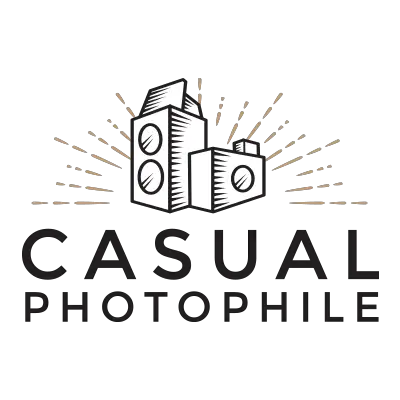
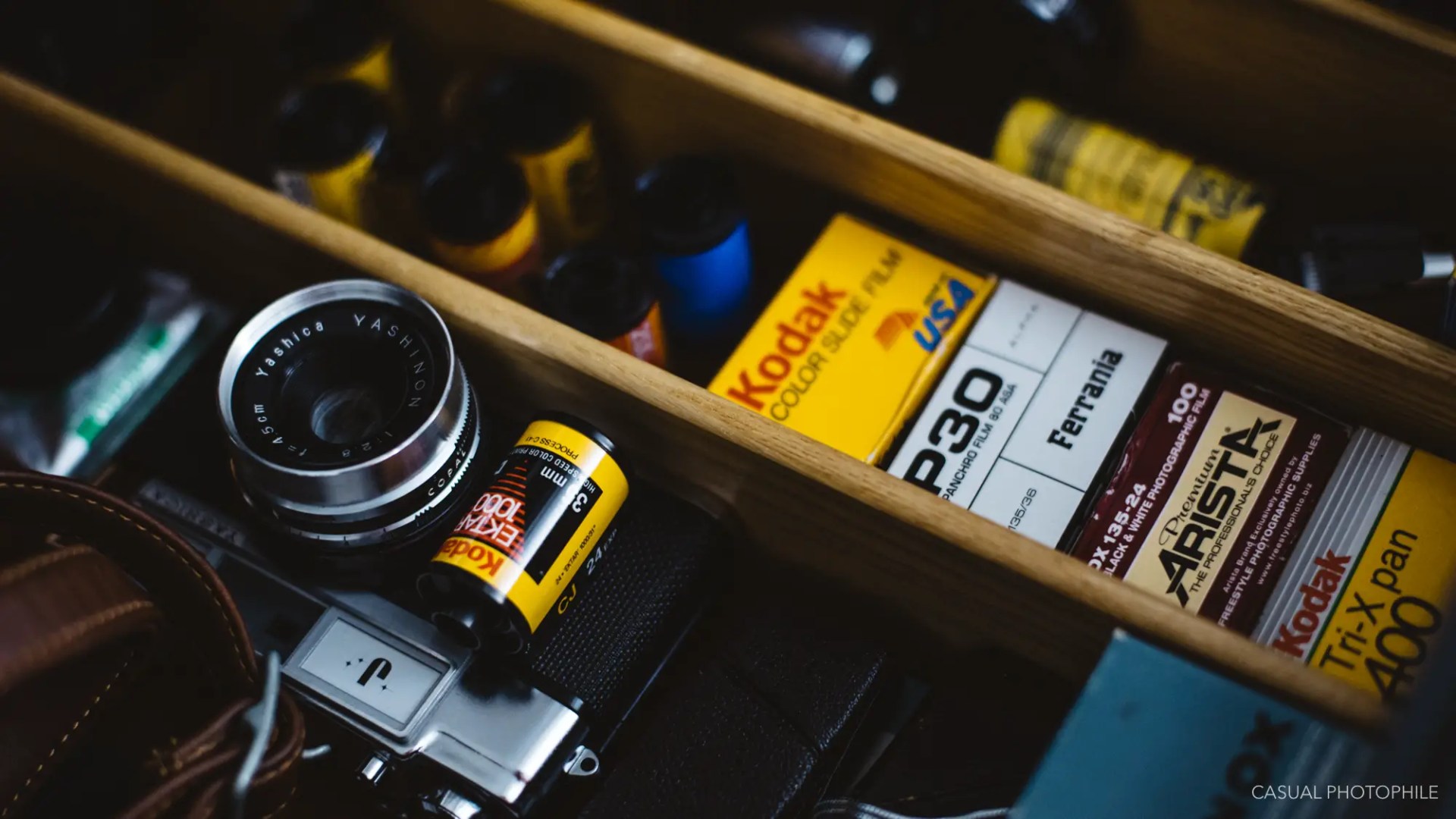
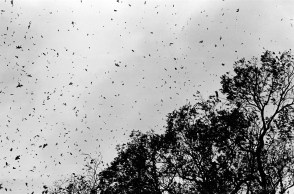

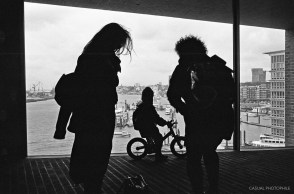
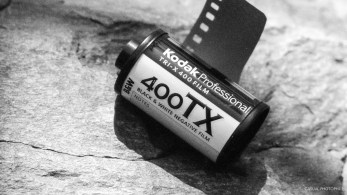
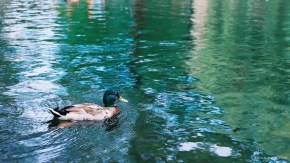


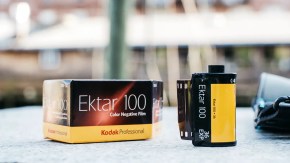

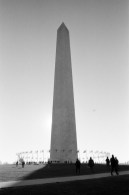
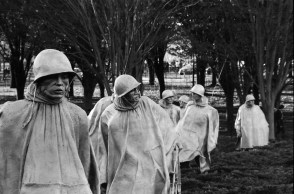
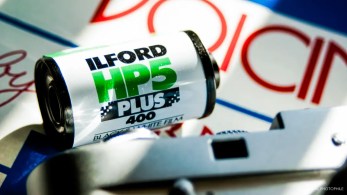


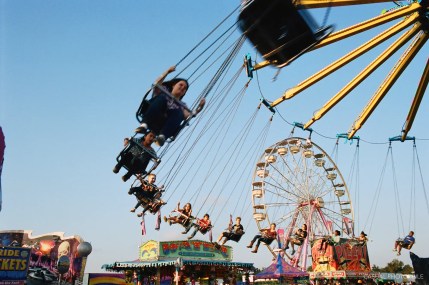
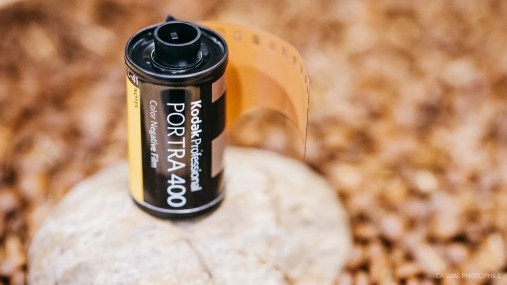
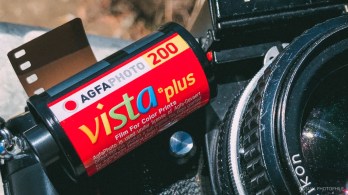
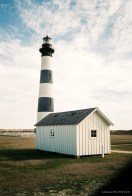
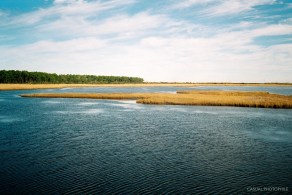
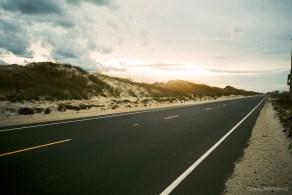
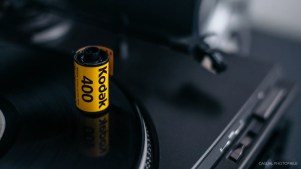




My current favourite is Agfa Precisa CT100 reversal film. Supposedly this is made for Agfa by Fuji and is a very similar emulsion to Provia 100F. I bought half a dozen rolls of the Precisa as Provia is currently very difficult to find in France. I am delighted with it. It has the very smooth grain and detail of Provia but is a warmer film. It certainly scans better than Provia and seems to hit the correct colour balance straight off, without having to wind down the greens and blues like you often have to do with Provia. In fact there is a bit of a flavour of Kodachrome to it. I have just ordered another dozen rolls. It is also about 30% cheaper than Provia.